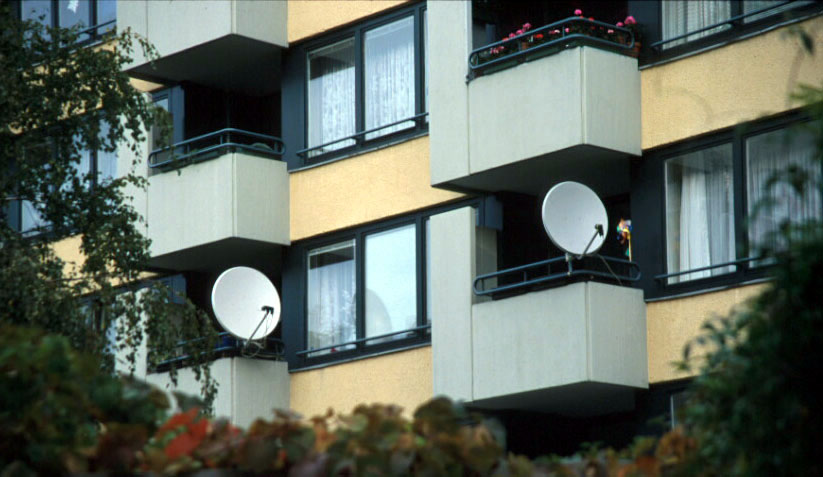To make a list you need separated items, which may however be from many conflicting levels. A local car repair shop can be next to a global franchise. A speciality store can be next to a Wal-Mart that is out to destroy it#. Items of very diverse kinds can be on the same list. So, a list needs criteria for what counts as a single item. On the strip we separate by parking lots and store fronts. On the list items can be peacefully exterior to each other, even if at other levels they may include or oppose each other. A list needs some relatively neutral backdrop, whether this be the yellow page, a Web graphic background, or the space along the street or in the mall or on your screen.
That list background is not really neutral, though, for within that space, items on lists are interacting with each other. Some items interact just by being adjacent in the list. My store's business is affected by what you sell next door, or by the location of the entrance to your parking lot. List items also interact across the space of the list. Lists can be linear manifestations of more complex linked structures. The links may or may not be visible, and one of the suggestions I will be making later is that in the suburbs we need to find architectural ways of emphasizing those links.

The list-with-links makes a good introduction to sprawl, but it is not the only linked structure there. Look for the process, not just the monuments. The overlaid patterns of activity and communication form a complex unity more like a hypertext web than a linear list. These intersecting and mingling activities can remind us of urban density, though they are not so spatially compressed.
(c) David Kolb, 1 August 2001